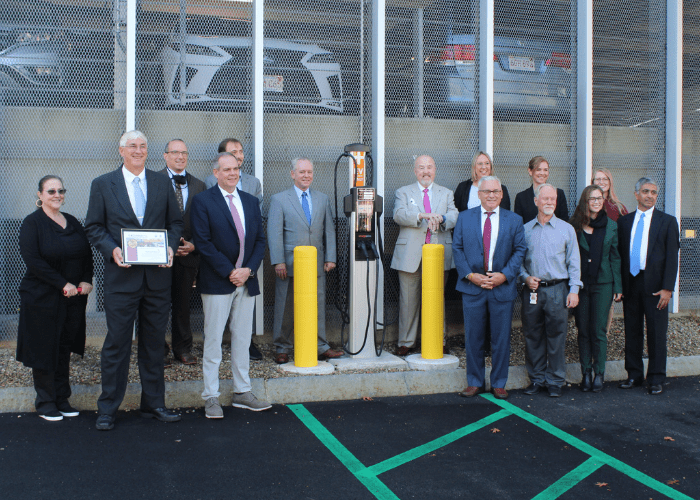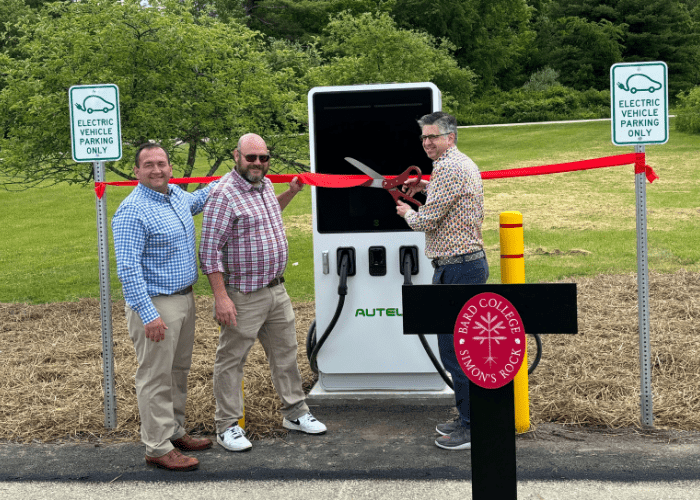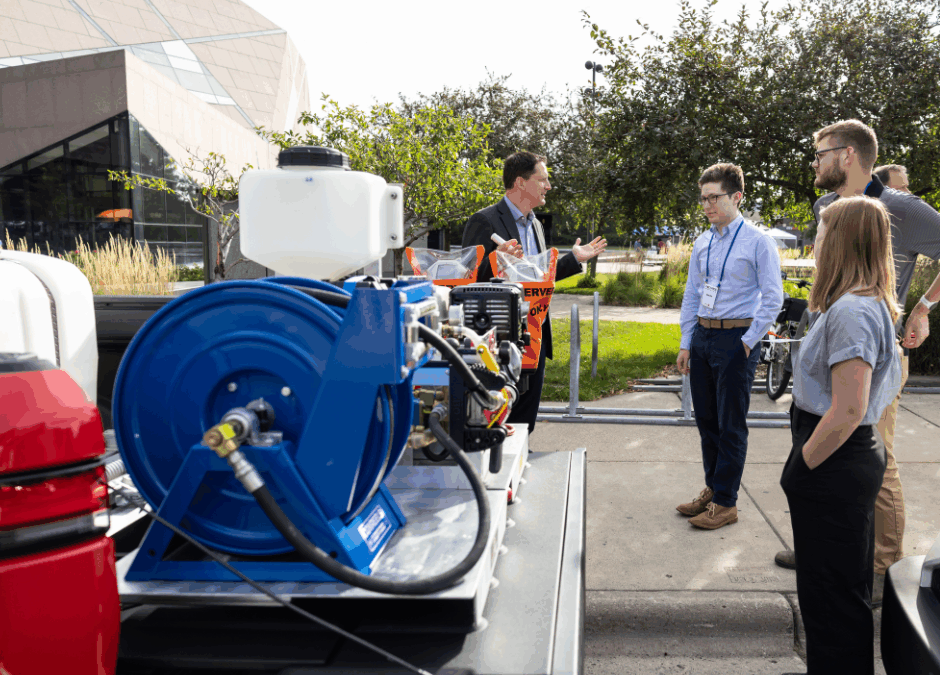You’ve built something great. Maybe it’s a new EV incentive program. Or a rebate for smart home upgrades. Or a powerful new planning tool that could transform how communities prepare for electrification.
But when you launch it… crickets.
What went wrong?
Too often, the challenge isn’t the quality of the offering—it’s the perception of its value. If your audience doesn’t believe the solution is relevant to their life (or doesn’t understand how it all works), it doesn’t matter how impactful it actually is.
At REACH, we’ve learned this truth again and again: value is subjective—and deeply personal.
We can’t assume that customers will see the worth of a program just because it’s available. We have to connect the dots between what we’re offering and what they actually care about. And we have to do it in language that resonates, with examples that reflect their experiences, not ours.
So how do we make programs feel relevant?
Here’s what we recommend:
- Lead with the “why.” Instead of jumping into how a program works, start with why it matters, especially at the individual or family level. How does this make someone’s life easier, safer, healthier, or more affordable?
- Tell real stories. Customer testimonials, neighborhood-specific case studies, and hyperlocal examples make programs feel tangible and real, not theoretical.
- Translate benefits into day-to-day impact. “Save $1,200/year on energy” becomes “That’s your phone bill, gym membership, and grocery delivery, covered.”
- Tailor your messages. Different communities value different things. A message about resilience might land with rural families in one way, and with urban renters in another. Use culturally relevant frames.
We work with our partners to develop communications strategies that highlight the real value of innovative programs through storytelling, design, targeted messaging, and engagement strategies rooted in local context. From multilingual marketing toolkits to campaign audits to community-centered creative, our goal is to help you bridge the gap between offering and outcome.
Because when customers feel like a program is for them, not just around them, they act.







